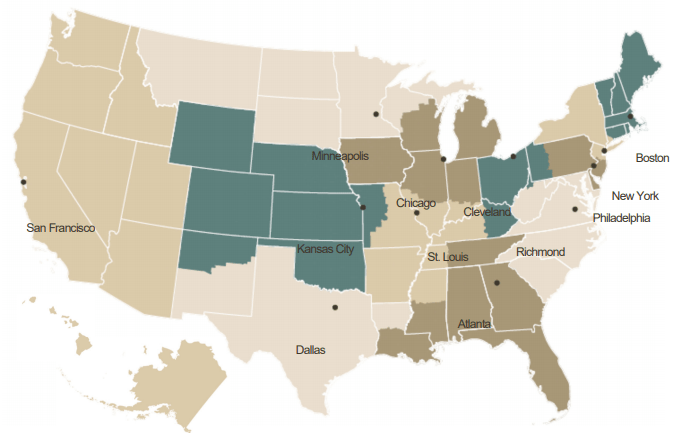The US manufacturing industry faces logistics and supply problems, albeit with an expansion in demand, according to The Beige Book.
The Beige Book is a Federal Reserve System publication on current economic conditions in the 12 Federal Reserve Districts.
In general, the document characterizes regional economic conditions and prospects based on a variety of mostly qualitative information, collected directly from sources in each district.
First, the Federal Reserve Bank of Dallas reported that Texas manufacturing activity picked up momentum in June, and production growth accelerated widely. Several manufacturers noticed an increase in demand and increasing delays.
Manufacturing industry
Those citing slower activity mostly said supply chain availability issues and workforce hampered their ability to fulfill orders.
Refining operations further improved, although utilization rates remained below 2019 levels.
Meanwhile, refineries mentioned strong seasonal demand, but noted that margins were still weak.
Contacts expect a significant improvement in margins in 2022.
Although petrochemical production has mainly recovered from winter storm Uri, some basic chemical production was still hampered by a combination of maintenance and outages.
Supply chain disruptions are likely to take longer to resolve than anticipated at the time of the previous report.
Manufacturing prospects were optimistic, but labor shortages, inflationary pressures and uncertainty about when supply disruptions would be resolved weighed on sentiment.
Federal Reserve Bank of San Francisco
According to this bank, the manufacturing industry continued to expand at a modest rate.
New orders increased even more, especially for fabricated metals, aerospace and transportation equipment, renewable energy equipment, and manufactured food products.
Contacts reported low inventories and higher capacity utilization.
But ongoing logistics bottlenecks and raw material shortages led to additional delays in order fulfillment.
Contacts also noted reduced productivity in factories due to inclement weather and higher temperatures.
Wood product manufacturers noted that demand for wood may have already peaked in recent weeks, given falling prices and excess inventory at sawmills.
Specifically, a manufacturer in the Pacific Northwest noted lower demand for certain wood products from large home improvement retailers and home job sites.
Federal Reserve Bank of Chicago
Consistent with this other bank, the manufacturing industry increased modestly in late May and June.
Most manufacturing contacts indicated that business was above pre-pandemic levels, but there were also widespread reports of supply and logistics problems holding back growth.
Car production changed little, as assemblers and suppliers remained constrained by a constant shortage of parts, especially microchips.
At the same time, steel production increased slightly and capacity utilization reached a multi-year high, with contacts reporting higher demand from most industries, with the exception of automotive.
Demand for heavy machinery increased, driven by growth in construction and agriculture.
Specialty metals manufacturers reported a moderate increase in orders from an already high level.
Many had reached full capacity and were dealing with material shortages and longer lead times from suppliers.
![]()

